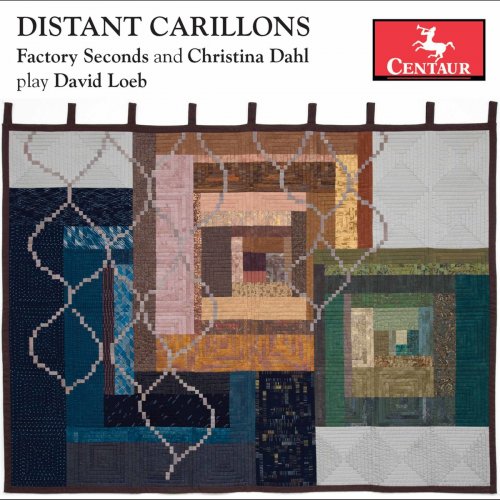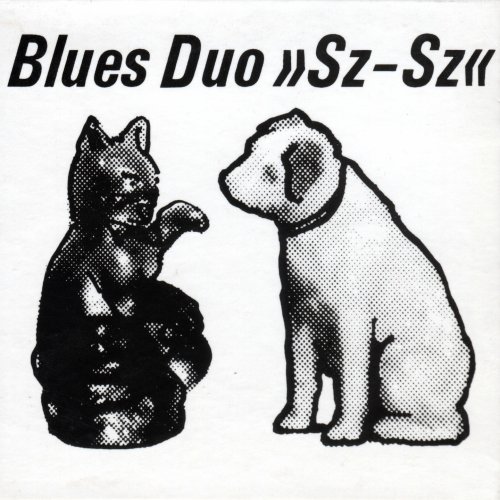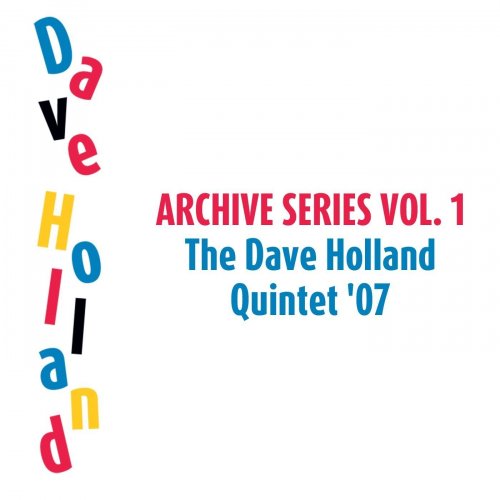Factory Seconds Brass Trio - Distant Carillons (2020)

Artist: Factory Seconds Brass Trio
Title: Distant Carillons
Year Of Release: 2020
Label: Centaur Records
Genre: Classical
Quality: FLAC (tracks)
Total Time: 60:41 min
Total Size: 175 MB
WebSite: Album Preview
Tracklist:Title: Distant Carillons
Year Of Release: 2020
Label: Centaur Records
Genre: Classical
Quality: FLAC (tracks)
Total Time: 60:41 min
Total Size: 175 MB
WebSite: Album Preview
01. Madrigaletti: I. Moderato
02. Madrigaletti: II. Con forza
03. Madrigaletti: III. Presto
04. Madrigaletti: IV. Calmo
05. Madrigaletti: V. Scherzoso
06. Remembrances: I. Grave, allegro
07. Remembrances: II. Allegro misterioso
08. Remembrances: III. Lento
09. Remembrances: IV. Allegro non troppo
10. Trasimeno: I. Allegro
11. Trasimeno: II. Poco allegro
12. Trasimeno: III. Andante
13. Trasimeno: IV. Allegro vivo
14. Distant Carillons: I. Con forza, poco tranquillo
15. Distant Carillons: II. Capriccioso
16. Distant Carillons: III. Cantante
17. Distant Carillons: IV. Moderato, allegro
18. Cantata senza voci: I. Allegro giocoso
19. Cantata senza voci: II. Andante
20. Cantata senza voci: III. Recitative. Poco lento
21. Cantata senza voci: IV. Allegro scherzando
22. Cantata senza voci: V. Andante, allegro
Distant Carillons is an album of acoustic works by contemporary American composer David Loeb, who has a number of albums on the Centaur label. David Loeb was born in 1939 in New York into a family which took music and painting very seriously. He studied composition with Peter Pindar Stearns at the Mannes College of Music in New York, and then completed a master's degree at Yale. His catalog of compositions is unusually extensive and diverse. In addition to the expected assortment of works for orchestra, various chamber combinations, soloists, and voice, he has also written many pieces for Asian instruments (in addition to Japanese, some for Chinese, Korean, Thai, and Mongol) and for early Western instruments (in addition to viols, some for lute, harpsichord, and recorder). He has often brought these instruments together in unique combinations, such as four shakuhachi and four viols; flute, guitar, koto, and shakuhachi; and khaen, flute, guitar, cello, and percussion.



![Coco Chatru Quartet - Lost Christmas (2025) [Hi-Res] Coco Chatru Quartet - Lost Christmas (2025) [Hi-Res]](https://www.dibpic.com/uploads/posts/2025-12/1765719561_coco-chatru-quartet-lost-christmas-2025.jpg)


![Tomasz Stańko, Tomasz Szukalski, Dave Holland & Edward Vesala - Balladyna (1976/2025) [Hi-Res] Tomasz Stańko, Tomasz Szukalski, Dave Holland & Edward Vesala - Balladyna (1976/2025) [Hi-Res]](https://www.dibpic.com/uploads/posts/2025-12/1765717548_cover.jpg)
![Amira Kheir - Black Diamonds (2025) [Hi-Res] Amira Kheir - Black Diamonds (2025) [Hi-Res]](https://www.dibpic.com/uploads/posts/2025-12/1765640459_tf7wrmc9lqmqc_600.jpg)
